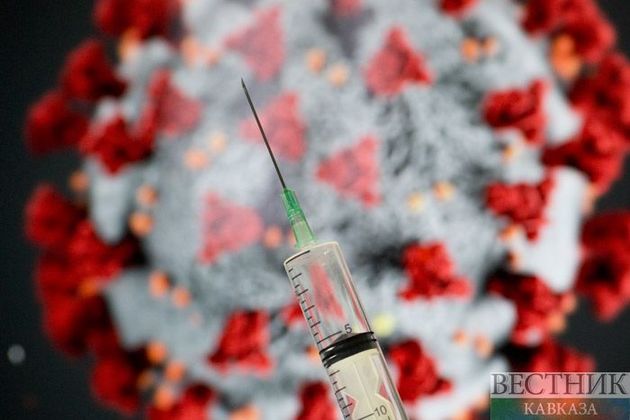The novel coronavirus epidemic is growing at an alarming rate. For some time Iran had the second-largest coronavirus outbreak after China, and Iran's death rate for the novel coronavirus is threatening. This is due to Iran-China ties at different levels, which have intensified against the backdrop of U.S. sanctions pressure. Having tense relations with the United States, Iran provides China with a unique opportunity to expand its presence in the Middle East in exchange for vital economic cooperation.
The suspension of air and land links is just one step to combat disease. The main work is carried out domestically - it is aimed at identifying infected people and putting them into isolation. But Iran's coronavirus statistics was kind of weird from the very start. The very first cases of the disease were fatal. The Iranian government did not disclose data on the infected for a long time. Only after some time it was revealed that the virus was brought to Qom by an Iranian businessman who returned from China, and who was the first to die.
Last week, adviser to the Iranian Health Minister Ali Reza Wahabzadeh reported 611 deaths, and, most likely, this figure will continue increasing. Epidemiologists note that the proportion of deaths in Iran is over twice as high as in other countries, where it does not exceed 3%.
In the case of Iran, the prevention of coronavirus turned out to be closely linked to the issue of maintaining the integrity of the Islamic Republic's spiritual life. Qom, the epicenter of the outbreak in Iran, is a religious city home to several shrines, it lives according to its own schedule and rules. Despite the risk of spreading disease, the authorities changed nothing in its traditional way of life. Despite Iranian Health Minister Hassan Ghazizadeh Hashemi's instructions, the pilgrims visiting the Qom shrines contributed to the spread of the virus in dozens of Iranian provinces. It is difficult to talk about any kind of disinfection, since it is powerless against the masses.
The Iranian parliament's 23 MPs have tested positive for the coronavirus. Iran's Vice President for Women and Family Affairs Masoumeh Ebtekar, Vice President Eshaq Jahangiri, Minister of Cultural Heritage, Tourism and Handicrafts Ali Asqar Munesan, as well as Industry, Mining and Trade Minister Reza Rahmani infected with COVID-19. On March 7, member of Iran's parliament Fatemeh Rahbar passed away, and before that, 68-year-old Iranian diplomat, former member of parliament Hossein Sheikholeslam died.
Only after Azerbaijan, Georgia and Armenia closed the borders with Iran, the republic's leadership recognized that preventive measures were, to put it mildly, ineffective. Iran’s cooperation with the countries of the South Caucasus is significant. For Armenia, trade and business contacts with Iran are a matter of overcoming the economic blockade. Baku and Tbilisi regard their cooperation with Iran as a promising direction.
Now Iran needs outside help, since during the spread of respiratory diseases, the key factors are time and speed of action, namely identifying infected people, those who had contact with them, and putting them into isolation.










